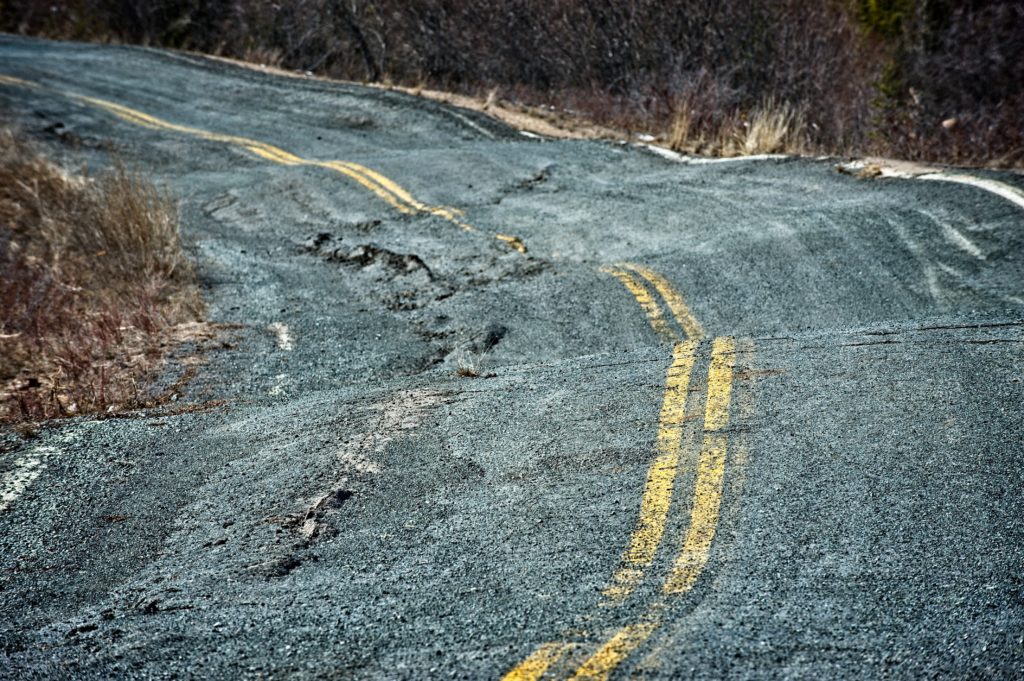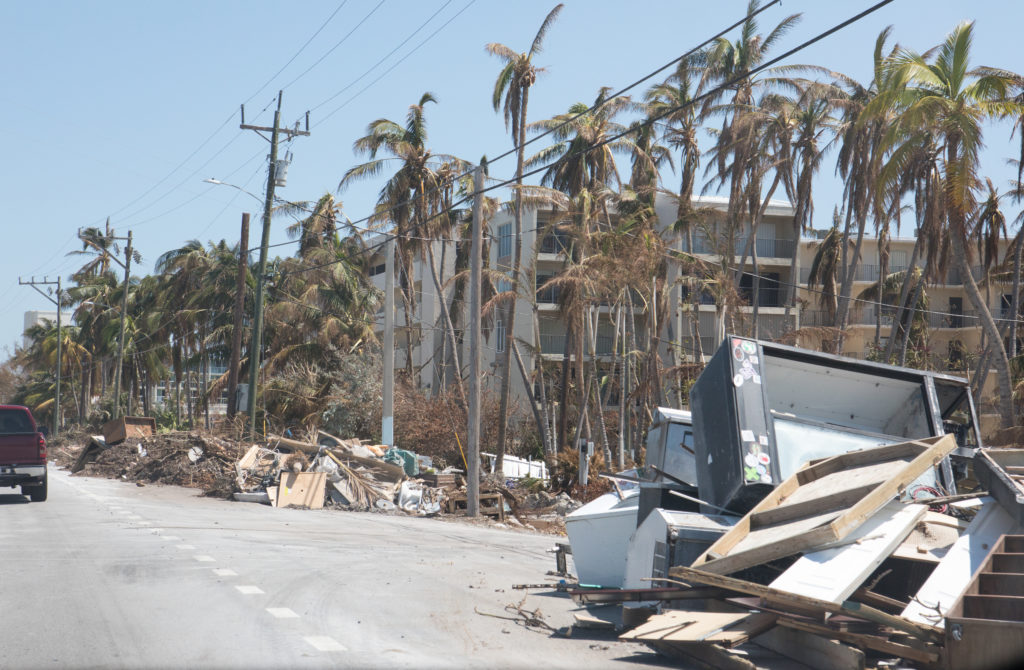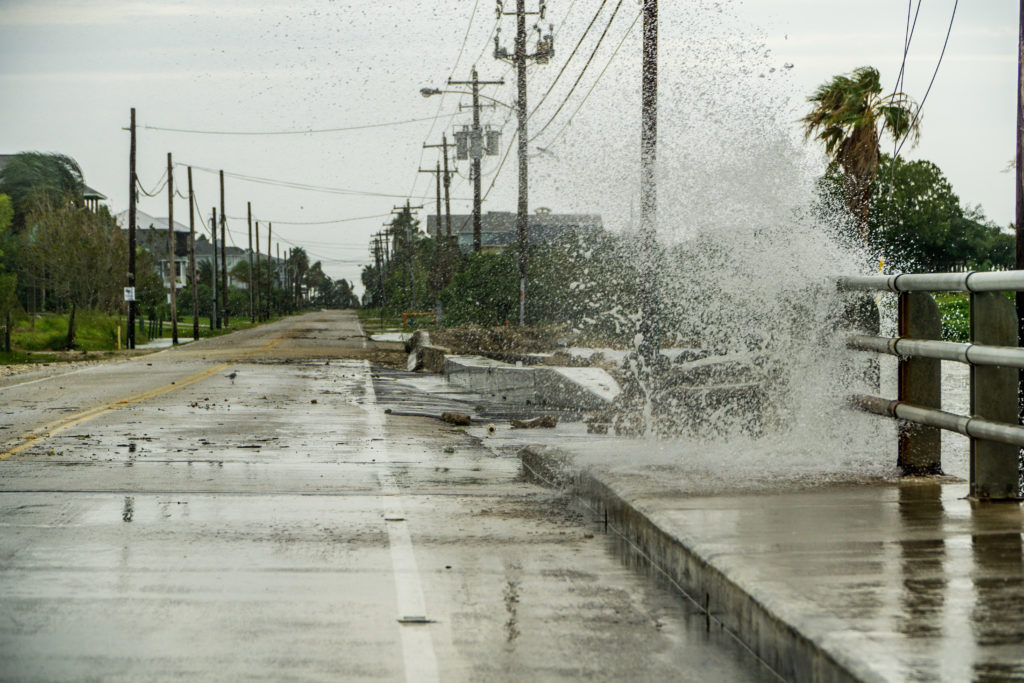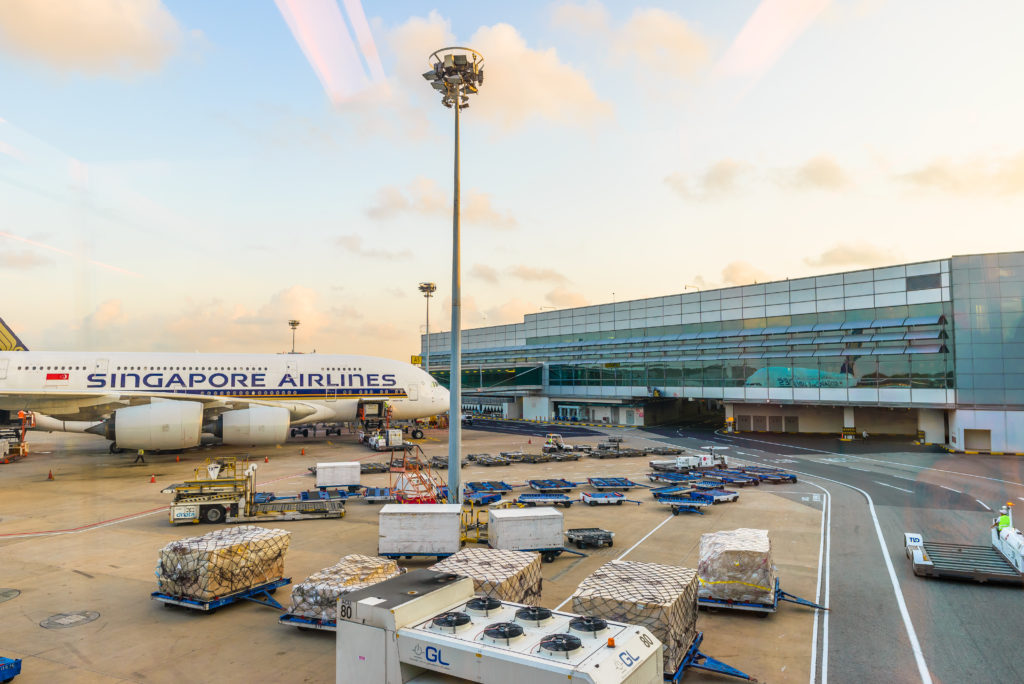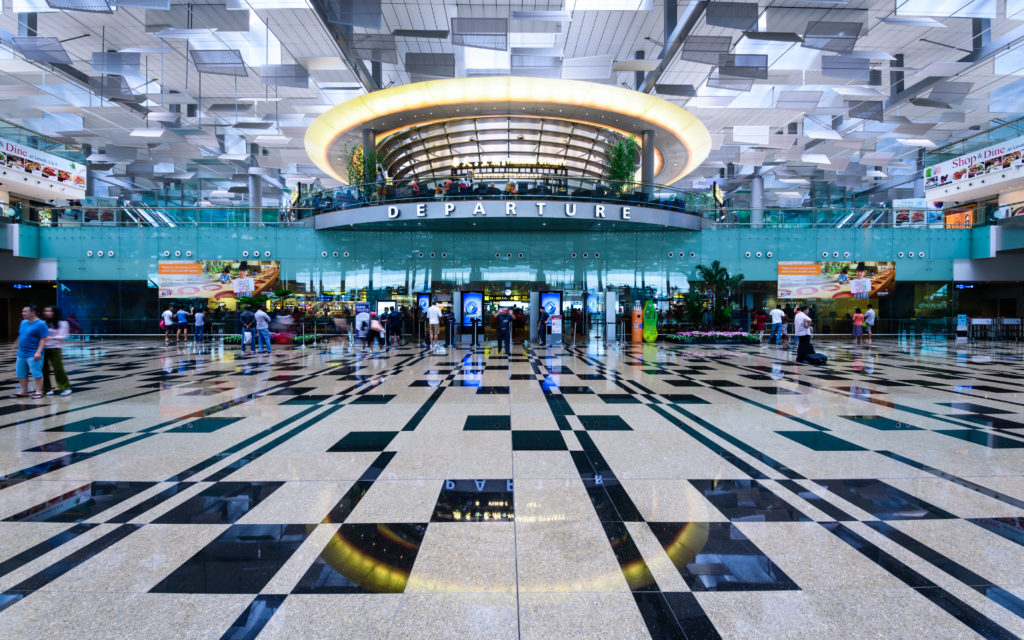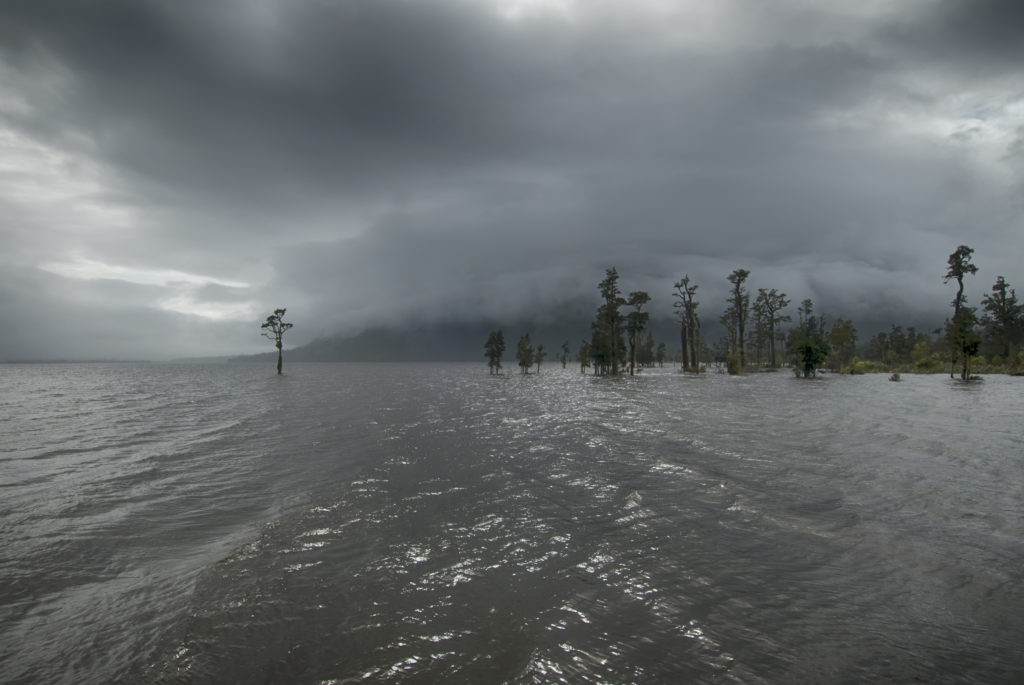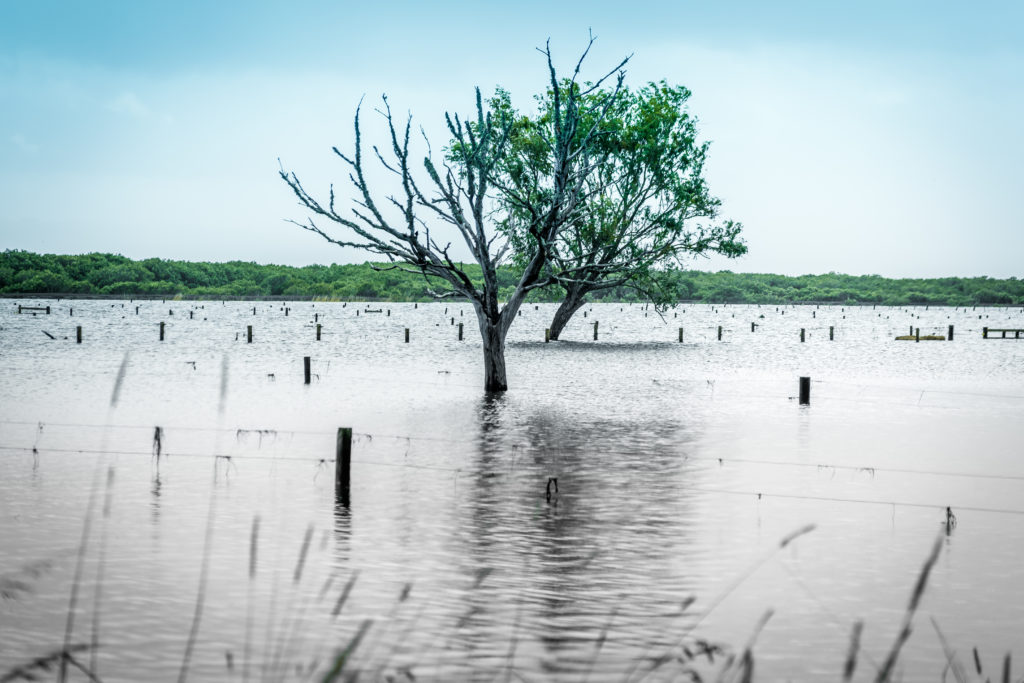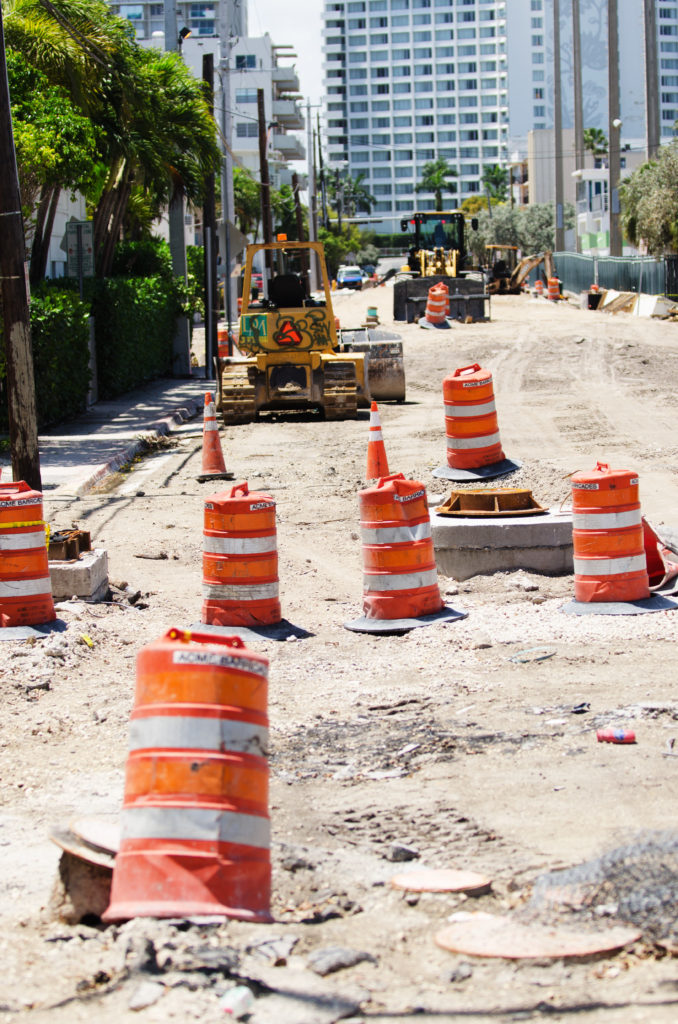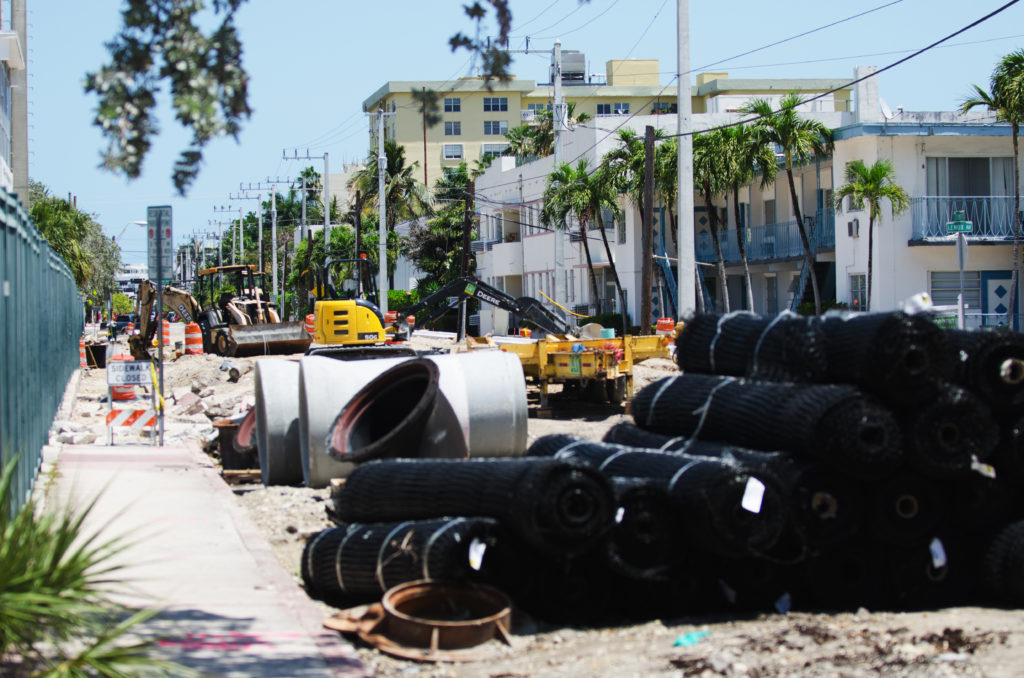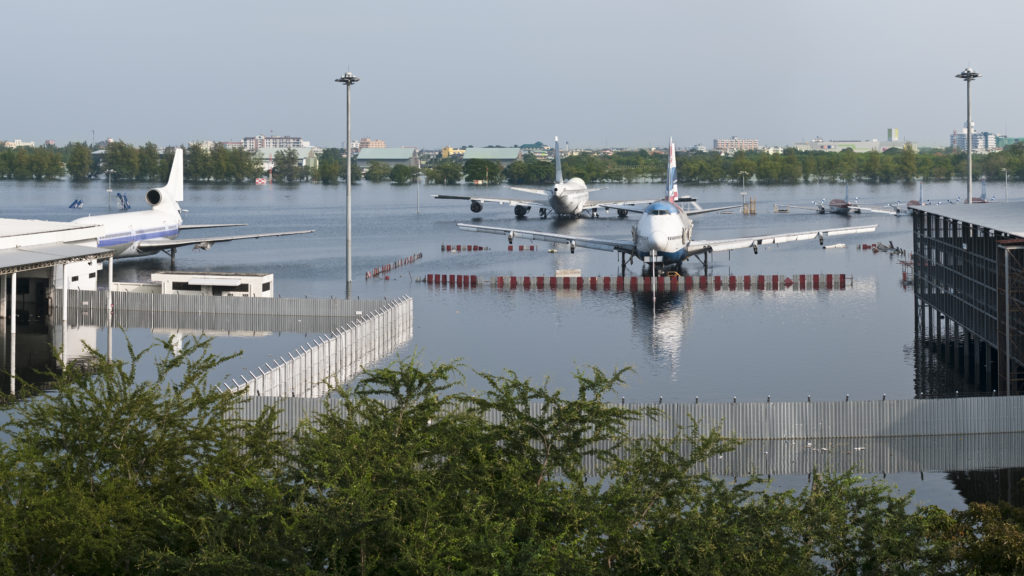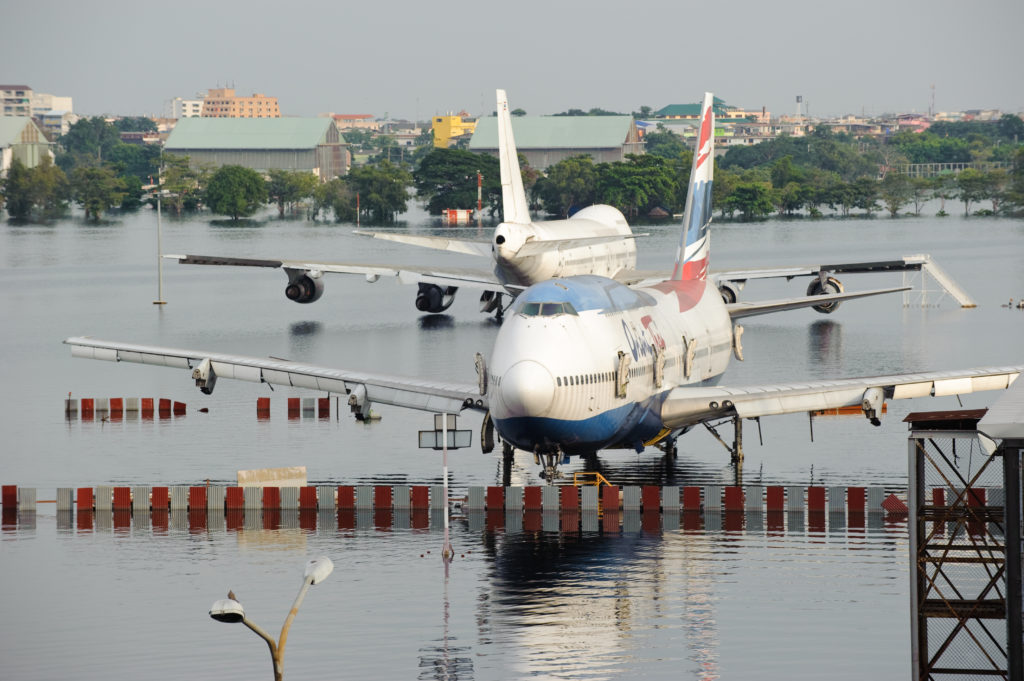OVERVIEW
The impact of climate change is being felt from polar regions to tropical coasts. Ice caps and glaciers are melting, sea levels are rising and storms are becoming more frequent and severe. All are impacting existing infrastructure – and the way new transport networks and buildings are designed.
Large-scale infrastructure projects – such as roads, bridges and airports – are typically built as long-term investments, based on the assumption that the surrounding environment would remain largely unchanged during their lifespan. Climate change is upending that thinking.
“Whether we’re talking about new infrastructure or existing infrastructure, these are long-lived assets that were really built to survive a fairly static climate,” says Greg Lowe, global head of Resilience and Sustainability at Aon. “Going forward that’s not going to be the case.”
While the issue isn’t exclusive to urban areas, examples are particularly acute in many of the world’s major cities. “As the physical impacts of climate change become more intense, urban areas can be particularly vulnerable due to the combination of population density and their proximity to rivers and coastlines,” says Dominic Christian, global chairman of Reinsurance Solutions at Aon.
And various groups, in both the private and public sectors, will be challenged with funding the upward of $90 trillion required to meet the world’s growing infrastructure needs. “One challenge in enhancing urban resilience is that municipalities often fail to move beyond the planning stage, whether due to cost constraints or uncertainties associated with adaptation. There’s always the danger of unintended consequences – that misjudgments of future risk levels might lead to costly design or investment errors,” says Lowe.
In Depth
From Alaska’s permafrost to Thailand’s flooded airport runways, scroll through the six examples of the impact climate change is having on infrastructure and some steps taken to address them:
The impacts of climate change are vast. “Collaboration is needed across industries and governments to manage and respond to the risks posed by climate change,” says Lowe.
And Geoffrey Heekin, president of Global Construction and Infrastructure at Aon, agrees: protecting current assets for future use calls for partnerships across various groups. “Building for resilience means not only protecting today’s assets, but also developing cross-stakeholder solutions to address the longer-term impacts of climate change and extreme weather on our most critical infrastructure.”
Examples Draw On The Following Research:
- How Vulnerable Is Alaska’s Transportation to Climate Change?
- Natural Disasters: How Can We Build For Resilience?
- A Climate-Resilient Singapore: For A Sustainable Future
- Adapting to Climate Change in New Zealand
- Miami Beach Can Improve Resilience with Strategy that Expands Beyond Stormwater Management and Includes Livability, Economic Issues: Urban Land Institute
- Thai Floods: Bangkok Don Muang Airport
- Clear For Take-Off? Protecting Key Infrastructure From Flood Risk
- Bangkok’s Don Muang Airport Reopens After Floods
- Did Climate Change Ground Flights in Phoenix?
The post Climate Change And Infrastructure: The Impact In 12 Photos appeared first on The One Brief.


